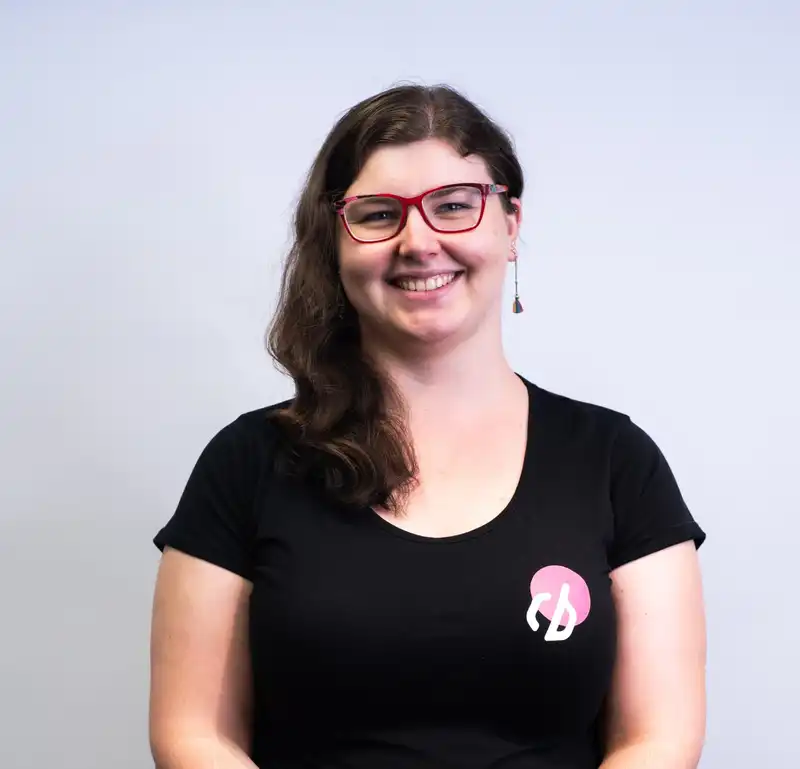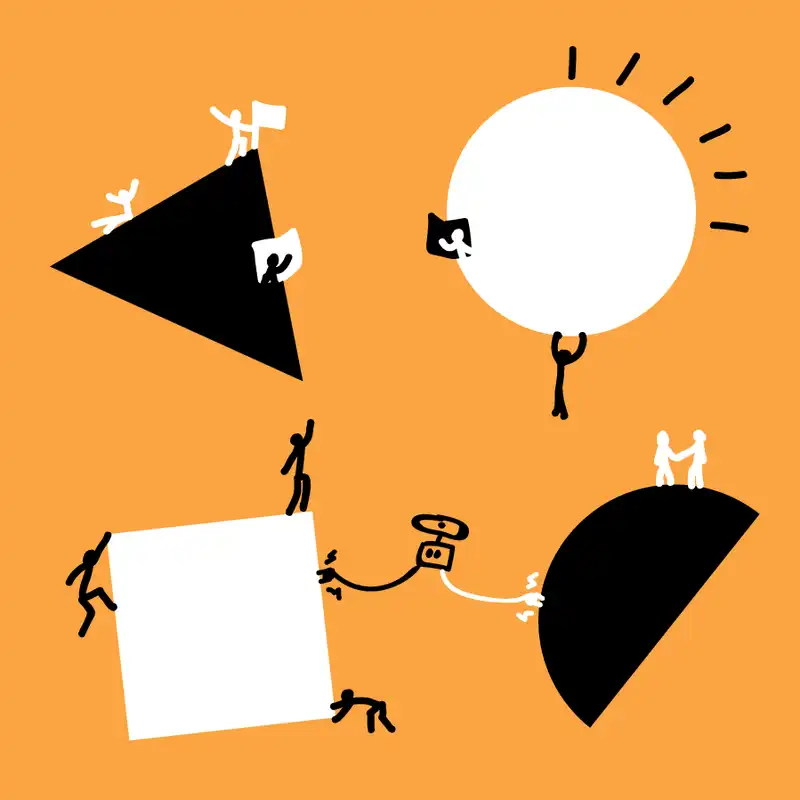The Activity Kit is a series of, you guessed it, activities, which can be used to flesh out and improve your ideas. The Activity Kit focuses mainly on the initial scoping stage, as that is where most of the idea development happens, but covers all aspects of the software development lifestyle.
The team can pick and choose which activities to use, based upon what the situation calls for. For example, if they are helping to modernise a legacy system, they would focus on the activities around knowledge transfer and interviewing existing users, to help familiarise themselves with the existing product so they know where they can improve. If the team was working on a new app for a startup, they could instead use the activities which focus on understanding the problem and fleshing out an idea, to make sure that the goals of the app are clear to everyone.
In order to best understand the benefits of the Activity Kit, first we shall take a look at how it came about:
How the Activity Kit came to be
Once upon a time, there was a team of designers who were trying to design apps for their clients. They used the same approach to plan every app, because those processes were created to ensure that all the required knowledge was gathered. While this process worked for some clients, they found it was difficult to do it with others.
Some clients knew exactly what they wanted and how it should work, they just needed a bit of help deciding what it should look like. Other clients just had an idea, and needed help fleshing it out and validating it before they could even begin to think about what it looked like. The processes were hard for these clients; they would try to write out requirements, but then discover that what they had decided wouldn’t work and that the requirements needed to be re-written. This hindered their productivity, and made it difficult for them to make progress. By the time the app reached development, changes would still be getting implemented, but the cost of changing the app was much higher.
So the team sat down and came up with a plan: what if they came up with a different process? One that still produced the final artefacts that were required, but instead of following the exact same pathway, they could choose the journey they took the clients on. This way, the process could be flexible and adapt to what was needed for the scenario, but they would end up at the same destination.
They researched practices and techniques used by different companies and industries around the world. While they drew from a lot of sources, they particularly resonated with the Design Thinking mindset from Stanford, and decided to make it the core of their new approach. They began to create different exercises which revolved around that central thought of gaining a better understanding of the people who will use the product.
Working together, they compiled a series of activities. Each activity had one or more significant outcome, some focusing on legacy migration, others on idea development and research, and some on basic app planning principles. Depending on what was required, the team could then pick and choose which activities gave them the outcomes best suited for their scenario. It was dubbed, the Discovery Kit.
The Discovery Kit was a huge success! The process was now tailored to each project, meaning that the team were able to get the most value from their meetings. The clients had more confidence in what was scoped, because they felt more understood, and the team had a better understanding of not only what was required, but why they were requirements.
The Continuous Modernisation Playbook
At the same time as the Discovery Kit was being built, a second activity kit was being written for Codebots’ Continuous Modernisation Playbook. The goal of this new activity kit was to focus purely on enabling project managers to conduct their own legacy migration project. It was very similar to the designer’s activity kit, just with a different focus. Rather than needing to explore concepts and understand the problem, it instead worked to ensure that the legacy migration process went smoothly. It had activities for extrapolating requirements, discovering and prioritising most-used features, and making sure that no functionality was accidentally missed.
Once it was published, the team realised that the legacy migration kit and the Discovery Kit had a lot of overlap. There were a lot of activities which could be relevant and used in both scenarios, no matter which kit it belonged to. It was at this point that the call was made: The two kits are no more! Instead, we shall have one super kit and it shall be called, the Activity Kit!
The new Activity Kit was a tool which could be applied to any sort of scope, all the stronger for being a combination of two different processes. Armed with it, a team could tackle a huge range of projects and produce a quality scope every time.
What is an activity?
Each activity is a task or exercise which is done by the one or more members of the group. Below is an outline of the sort of information you can expect to see about an activity.
| Title | Description |
|---|---|
| Recommended Stage | The stage which the activity belongs to. |
| Time | The range of time the activity will take. |
| Participants | Who should be involved in the activity. |
| How to run | High-level descriptive summary, the approach which should be take. |
| Method | The step-by-step instructions on how to complete the activity. |
| Justification | Background information, knowledge and references which reinforce why this activity should be done. Anything else the facilitator needs to know. |
Choosing the activities
There is no exact method to follow when using the activity kit. Every project is different, so every approach to it is unique. It is up to the project lead or facilitator to decide which activities are appropriate, both for the project and the team which is working on it. There isn’t a correct answer to what activity you should use. As already stated, it really depends on the project. However, you should always work your way through the different stages. We have written How do I scope out a project? to help you do that.
Once you have started regularly using the kit, you may start to spot patterns of activities which are often done for certain project types. You may be tempted to formalise some pathways that the team could follow, but we urge you to be cautious about doing so. If you fail to remain flexible in your approach, you risk ending up missing out on key information about the project.
The stages
As part of the scoping process, the team works through four different stages: Understand, Observe, Ideate, Prototype. When they were using the kit, they noticed that the activities seemed to fit quite well into each of those stages. Similarly, the Legacy Migration Kit worked through four stages as well, though they were slightly different: Understand and Prepare, which covered the scoping stage, and Migrate and Modernise, which covered development.
As part of the merging of the two kits, new stages also had to be agreed upon. The team chose to base the new states off the design thinking flow of: empathise > define > ideate > prototype > test > implement. They merged empathise and define together to create the Understand, changed testing to be a mindset that is used throughout, rather than just a single stage in the process, and implement was renamed to Develop.
In the end, the stages were decided as follows:
- Understand
- Observe
- Ideate
- Prototype
- Develop
Every activity in the kit fits into one of those stages, as the outcome feeds back into one of those 5 main goals. It is important for the success of the project to make sure that you move through each of those stages as you scope, and the kit is here to help you do that.
Using the Activity Kit
Used properly, the activity kit can be the key to unleashing your team’s creativity and ensure that the whole team is invested in the outcome. We have written a series of articles to help guide you through the process of using it, including learning how to pick which activities suit your situation, the activities which every project should use, and a discussion around making your own activities.




